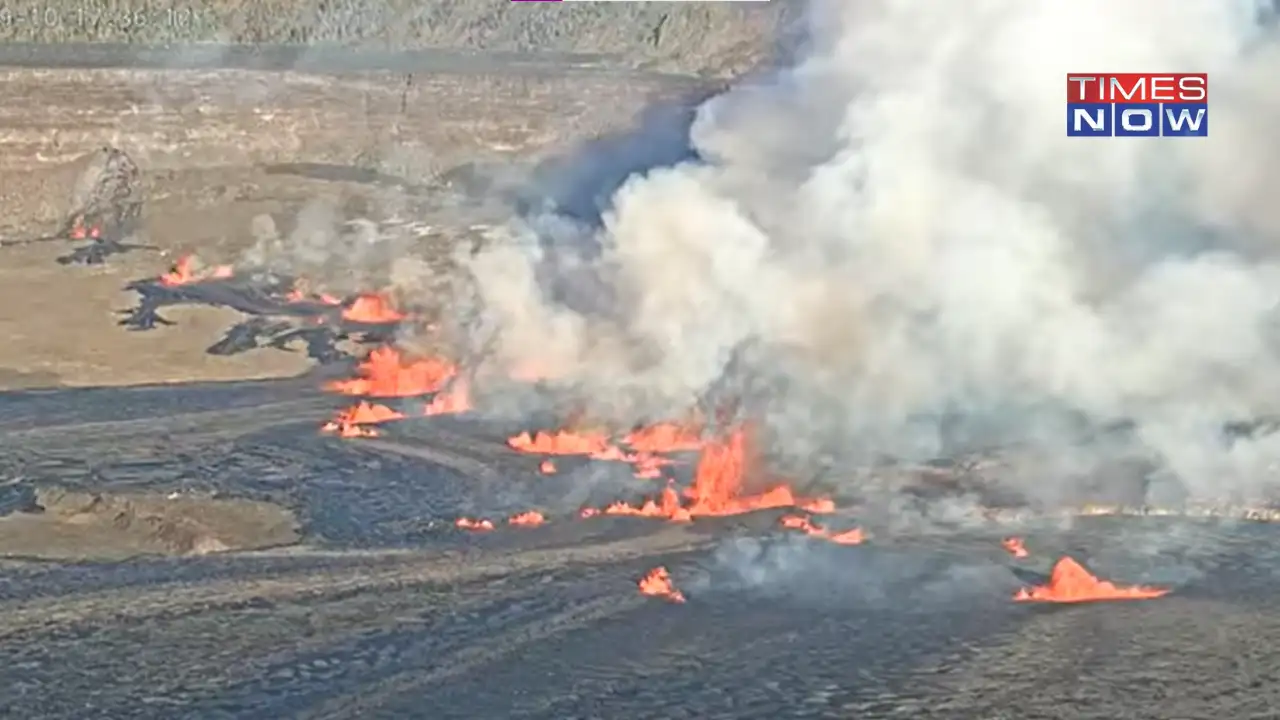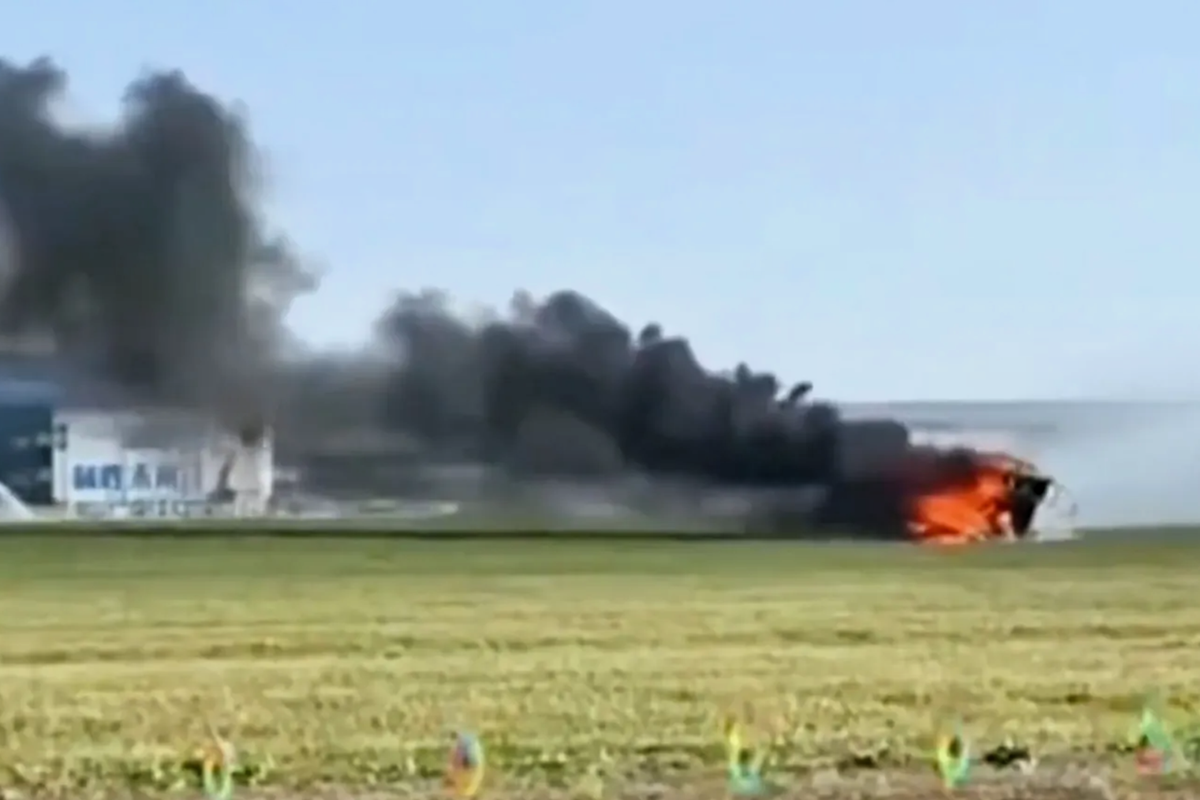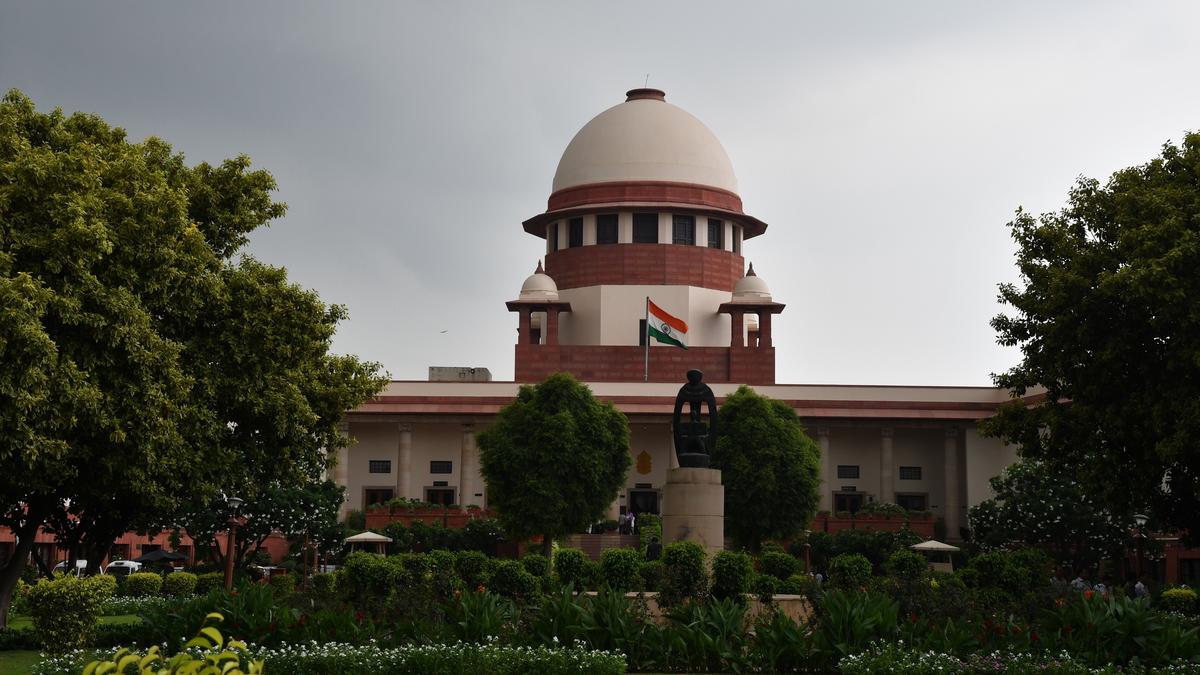By Rounak Bagchi
Copyright timesnownews

Hawaii’s Kilauea volcano erupted once more on Friday, sending lava fountains soaring more than 500ft (150m) from its summit crater. It marked the 33rd episode of the ongoing Halemaʻumaʻu eruption. While fountains in past episodes have reached heights of over 1,000ft, this latest spectacle still lit up the skies above Hawaii’s Big Island. In the days leading up to the event, scientists observed sporadic spattering from the crater beginning on September 16. Lava began to overflow from the vent a day later, before Friday’s episode surged into full force. Officials warned the public to remain cautious despite the dramatic scenes. “Pele’s hair, vog and other emissions can be carried far from Kilauea by wind,” the Hawaiian Volcano Observatory said. Ken Hon, the observatory’s scientist-in-charge, explained that magma is being fed into a lower chamber beneath the crater at a rate of about 3.8 cubic metres per second. “This blows the chamber up like a balloon and forces magma into an upper chamber. From there, it gets pushed above ground through cracks,” he told The Guardian. Kilauea, one of the world’s most active volcanoes, sits on Hawaii Island, roughly 200 miles (320km) south of Honolulu. This is only the fourth time in two centuries that the volcano has repeatedly blasted lava fountains into the sky. The last eruption of this kind began in 1983, producing 44 similar episodes spread over three years. Earlier bursts were recorded in 1959 and 1969. The 1983 eruption ultimately shifted to a lower vent, leading to three decades of near-continuous lava flows before finally ending in 2018. Get Latest News Live on Times Now along with Breaking News and Top Headlines from US News and around the World.



